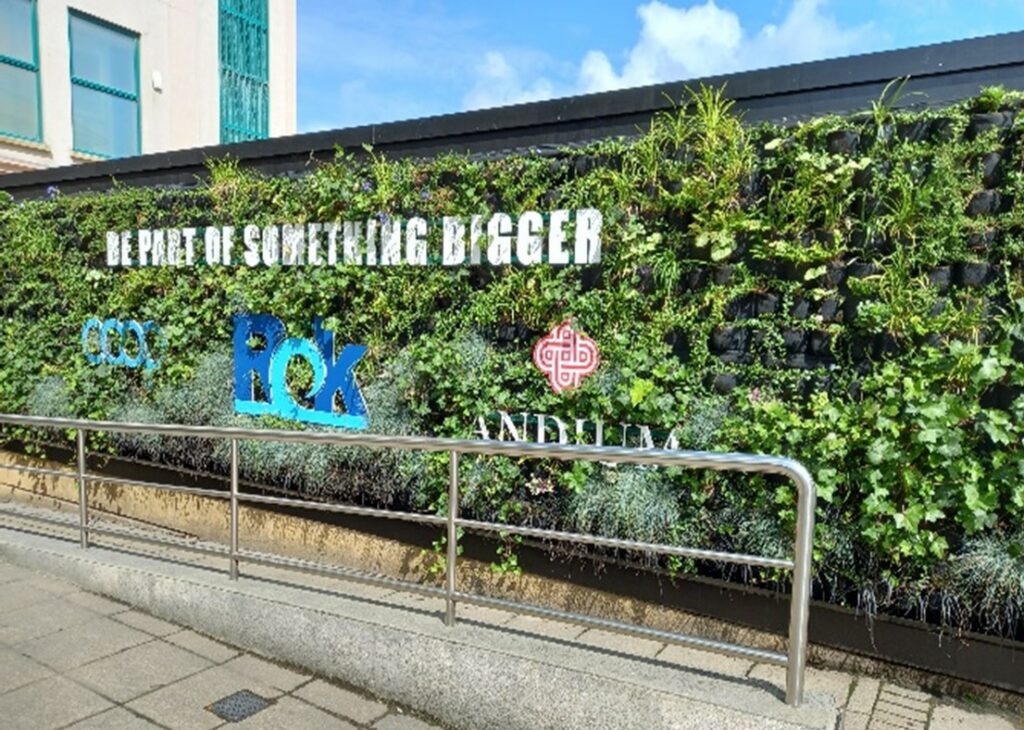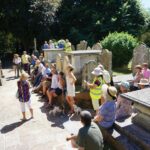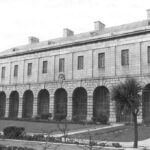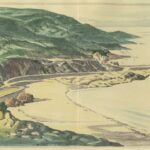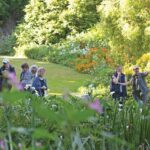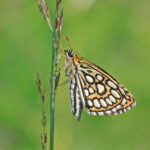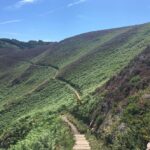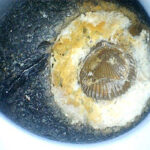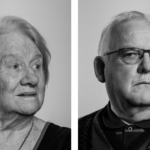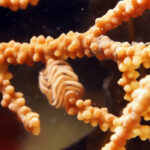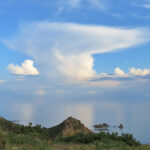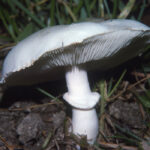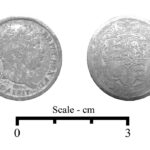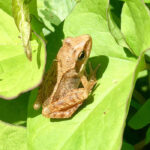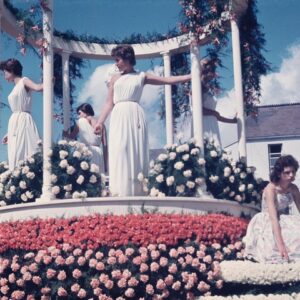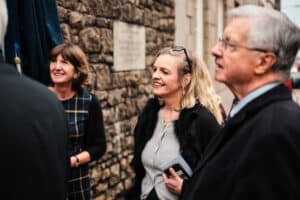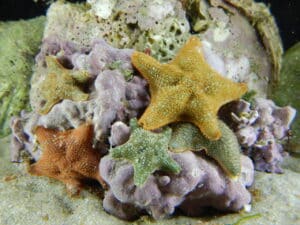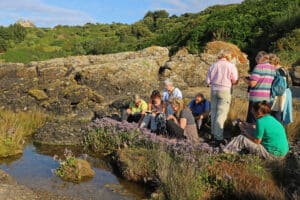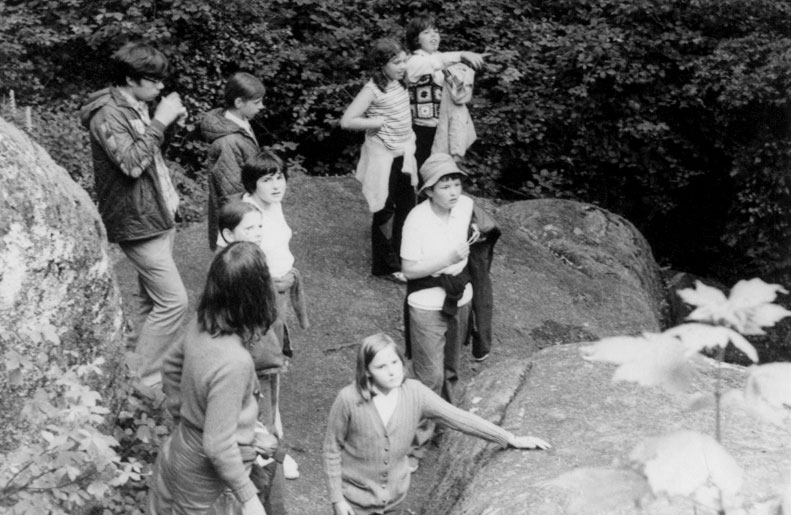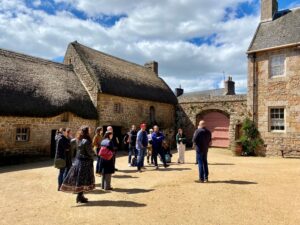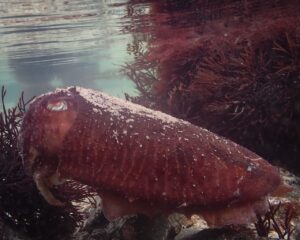Lists of suitable age-appropriate plants have been compiled for both Hamptonne and for 16 New Street. At Hamptonne a person who is keen to improve the herb garden was helped decide on plants and at New Street, overgrown and unwanted plants had been removed and replanting is starting to take place.
The family of James Harper had made contact and information exchanged. James Harper owned Springfield Plant Nurseries In Trinity Road (opposite the Robin Hood pub) in 1890. While the family have calculated the family tree, the GH interest was on exactly where the nursery was and who worked there at that time. James Harper was a very influential member of the RJA&HS, exhibiting big displays of plants and donating a trophy.
In April the section had visited 52 New Street with the aim of recording all plants there. We were grateful for the company of Nick Aubin who identified a range of buildings and old artefacts from long ago. We found that this visit was not nearly long enough and returned to the site in May. With plants growing so vigorously, water is obviously available and we were appreciative of the input from Sue Gorin on the underground water situation in St Helier. The garden has been measured, all plants and garden ornaments photographed and research done into street occupants from about 1833, many of whom were artisans working in small shops.
The June meeting was held at the delightful Meadow Farm in Trinity. Establishing a garden in a steep valley with varying soil conditions is not for the faint-hearted. Water coming down the valley allows for a large pond with water-loving plants, while higher up to drier parts, drought-resistant plants have been chosen. Unusual trees have been selected for different areas.
Members and friends were invited back to Trinity Manor in July where the colour-themed borders were a delight, particularly those having Hydrangea paniculatas. The whole garden was in very good order and projects, like the new Japanese garden, were progressing and maturing.
At our August meeting the book “The Origin of Plants” by Maggie Campbell-Culver was recommended as it gives plant discoveries and their movements from 43AD to 2000. Over the years Britain changed to being a country with a huge diversity of plant material. Members were given a handout entitled “Physic Gardens” which explained specific terms e.g. herbarist; herbalist/ herbarium etc.
A Garden’s Trust blog had been copied which showed paintings of the early Parisian flower markets. It seems that Jersey flowers were sold in a similar style some years ago. Apparently our late Queen enjoyed visiting the markets on trips to France. Recently some GH members visited French gardens. Our thanks to Sue Hardy for sharing online paintings by Eric Ravilious depicting 1930s greenhouses and their contents.
A revisit was made by a member to the Chambard allotments in St Clement where two mental-health related charities have taken plots. Members were asked to look out for green walls being used, for example, to hide ugly building sites e.g. near the Grande Marche store on St Saviour’s Rd. This would not be a permanent structure.
The group discussed the recent Battle of Flowers and shared ideas of how the event could be expanded into a Floral Week with many other floral attractions, which could be a major tourist attraction.



